I Played a NEOGEO Console Once, and It Blew My Ever-Loving Mind
Once in a Lifetime
Let’s go back to 1993. The Internet was in its infancy. Cable television was the present and possibly the future. This was a time when video game magazines were about the only way to receive information on new games. Magazines like Electronic Gaming Monthly were becoming increasingly massive, regularly breaking the 200-page mark, as editors crammed in as much content as they could about the overwhelming number of games being released.
1993 in particular was a curious year where new expensive consoles released as quickly as their developers could make them. The Pioneer LaserActive, a system that predominantly used Laser Discs, debuted in September 1993 for $970 ($2,087 in 2024). The 3DO, a 32-bit CD-based console, launched in October 1993 for $699 ($1,498 in 2024). And the Atari Jaguar, supposedly the world’s first 64-bit console, debuted in November 1993 at a much more reasonable (though still costly) $249 ($533 in 2024).
The gaming magazines did what they could to expand their coverage. Alongside your standard 16-bit console war insights on the SNES and Genesis, EGM, GamePro, Game Players and others regularly featured not only information on Jaguar, 3DO, and LaserActive games, but also slightly older (and still costly) consoles like the CD-i and SNK’s Neo Geo AES.
Out of all these impossible-to-obtain systems, the Neo Geo AES (Advanced Entertainment System) intrigued me the most. This console was not only prohibitively expensive when it released in 1991 ($649 or $1,488 in 2024 money), but it was supposedly the only console that played exactly like its arcade counterpart. The Neo Geo AES console’s innards contained the same parts as the NeoGeo MVS (Multi Video System) arcade. Both arcade cabinets and consoles used similar game cartridges (not interchangeable, sadly), but the console carts cost upwards of $200. And the controllers were huge arcade sticks fashioned with a joystick, four face buttons, and copious space to rest your hands.
When the Genesis launched in America in 1989, Sega touted that Genesis games looked and played exactly like they did in the arcade. But like most marketing campaigns meant to bolster sales, the claims weren’t entirely accurate. The Neo Geo AES, on the other hand, was the real deal, a miniature replication of what one could experience on a Neo Geo arcade cabinet at your local laundromat or putt-putt center.
But unless you were a wealthy Saudi prince who happened to really like fighting games, the Neo Geo AES was always going to be out of reach. Still, this didn’t stop magazines from regularly featuring its wares. Games like King of Fighters ’94, Art of Fighting, and Samurai Shodown looked as good or better than Street Fighter II and its many iterations. My parents weren’t poor, but they weren’t $200 a game rich, either. The Neo Geo would be forever beyond my grasp.
Or so I thought.
In 2006, my friends and I were preparing for Game-a-thon IV, a 24-hr once-a-year celebration of gaming, both past and present. As the name suggests, we had already organized three previous Game-a-thon events and learned what worked and what didn’t. For GAT IV, we felt we had finally cracked the formula: four TVs (with one devoted exclusively to retro consoles) in separate parts of the apartment, lots of food and drink, and everybody brings as many games and consoles as they want.1
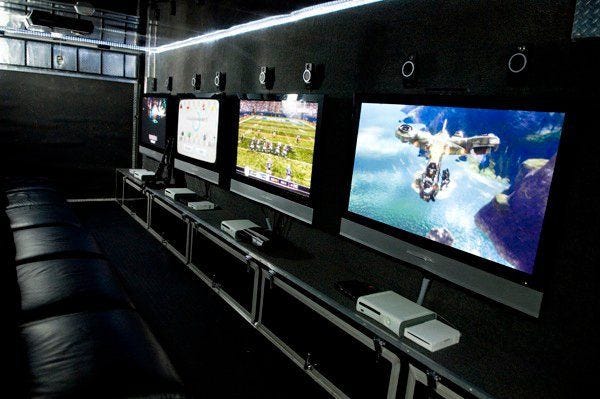
I can’t remember if someone had announced that a Neo Geo would be present at that year’s festivities or if it was a complete surprise. Either way, not long after Game-a-thon kicked off, it appeared like a thief in the night: a Japanese Neo Geo AES console sitting in front of one of the televisions, courtesy of my friend Gino. He had two games, possibly three. Last Blade 2 was there for sure, along with one of the King of Fighters games, possibly ’93 or ’94 – or both.
The Neo Geo was there, finally, in our midst like it had always been there, even though we all knew better. But would it live up to my high expectations? I’d played Neo Geo games in the arcade, we all had, they were everywhere in the 90s, all of them with slightly different game selections. You never knew what you were going to get, except for a fighting game or two. But that was the arcade. This was Neo Geo at home. Could it receive our pent-up hype and spit it back in our faces, angry because we should have believed in its greatness all along?
Oh yes.
The games played flawlessly. The fighting was fast, but the controls were responsive and kept up with the action. Arcade sticks can sometimes feel too loose or too stiff, but the joystick and buttons felt just right; frankly, they darn well better feel amazing for $649. The word here is “fluid.” It didn’t matter if you were good at fighting games or not, you could pick up a Neo Geo stick and hold your own. We all had a go, and we all felt the sensation, the thrill of winning and losing against each other. How could this be? No one person was better than the other. We were satisfied and humbled in equal measure. This was better than the arcade. No more asking our parents for quarters, no more losing against the humiliating computer opponents. These games were ours to enjoy for as long as we could bear.
As we all took turns playing, winners holding onto their position, losers in the back of the line, I examined a Neo Geo cartridge and the plastic box it came in. Both were gloriously massive. The cartridge seemed about as long and wide as two VHS tapes stacked on top of each other, and the box even bigger, emblazoned with beautiful, detailed artwork. SNK knew that the console was a luxury product and they rightfully treated it as such. Everything about Neo Geo was massive and overwhelming.
Neo Geo remained present throughout the event, beckoning all who were curious to come and see the apex of early 90s home console technology. Once we had conquered each of the day’s twenty-four hours with non-stop gaming, all the TVs were turned off and Game-a-thon IV ended. After that, Neo Geo went home with Gino and we never saw it again.
For those who have never witnessed a Neo Geo AES in-person, it’s real and it’s spectacular. The console was our esteemed guest, as brilliant as I hoped it’d be, and yet, mysterious and elusive. It refused to be pinned down or seen as common. The console arrived, charmed us with its presence, and left, like the Gatsby of video games. Who was it? Where was it going? Neo Geo is that rare, inimitable beast, a product that lives up to its own mystique. I will treasure my time with it, always.
Have you ever played a Neo Geo console in person? Better yet, do you own one? Leave your stories in the comments below!
*images courtesy of Reddit, IGN, and NeoStore
Game-A-Thon will undoubtedly receive its own retrospective article someday.





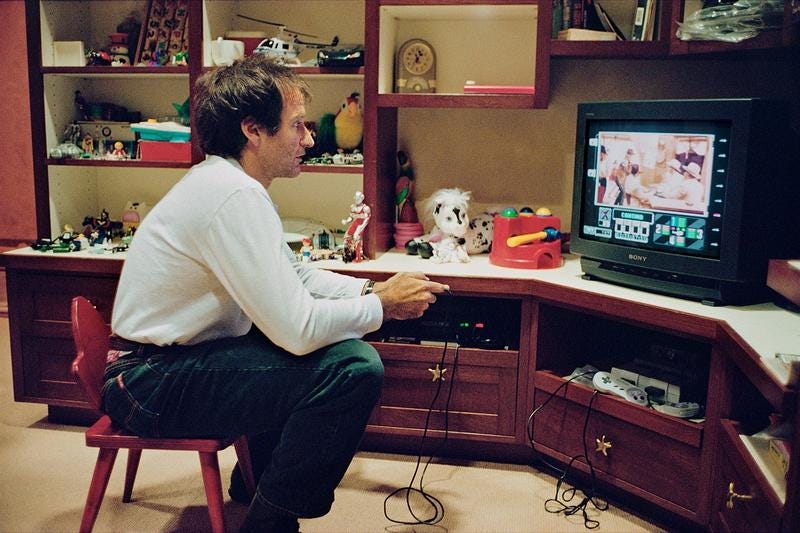
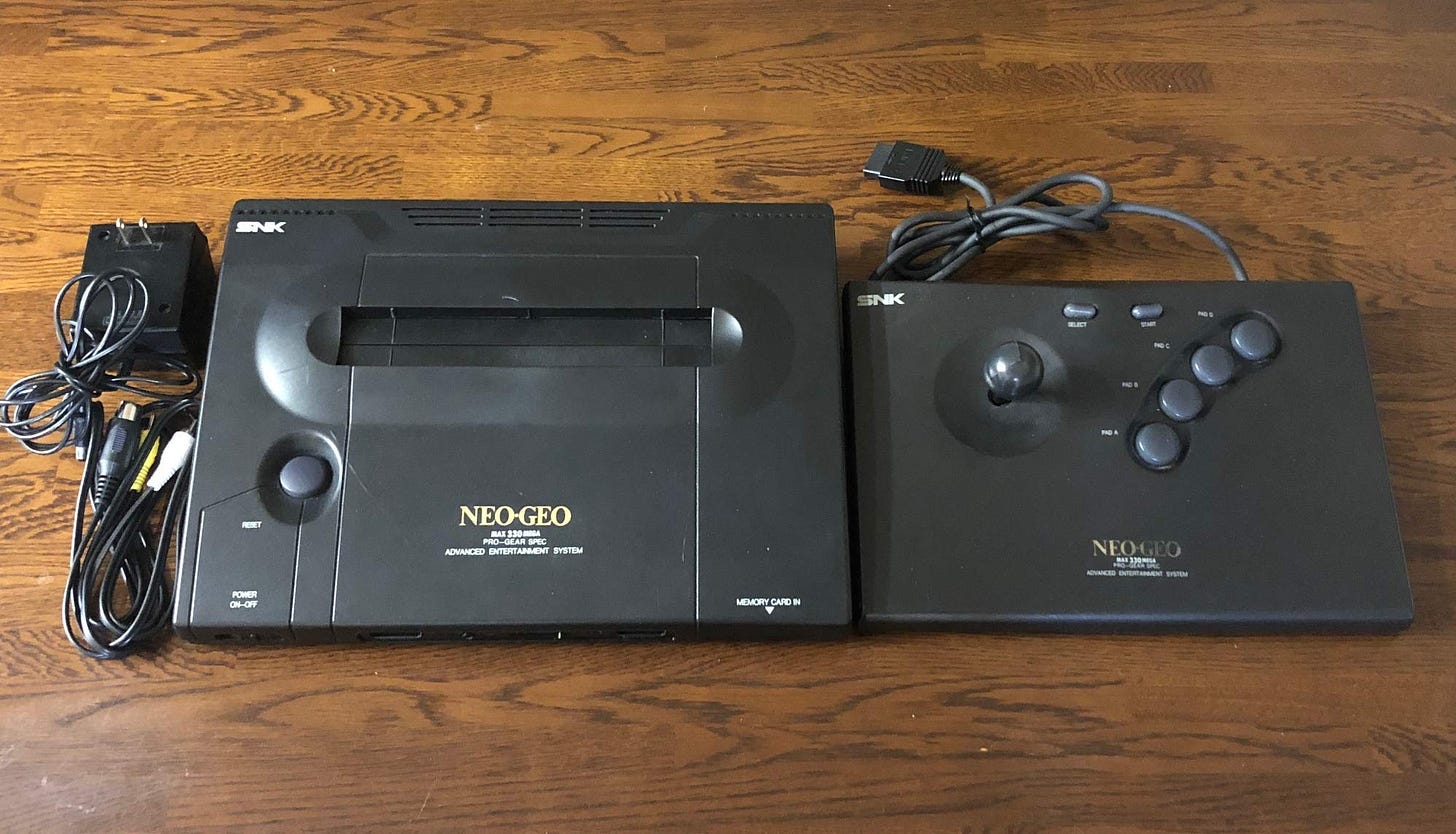
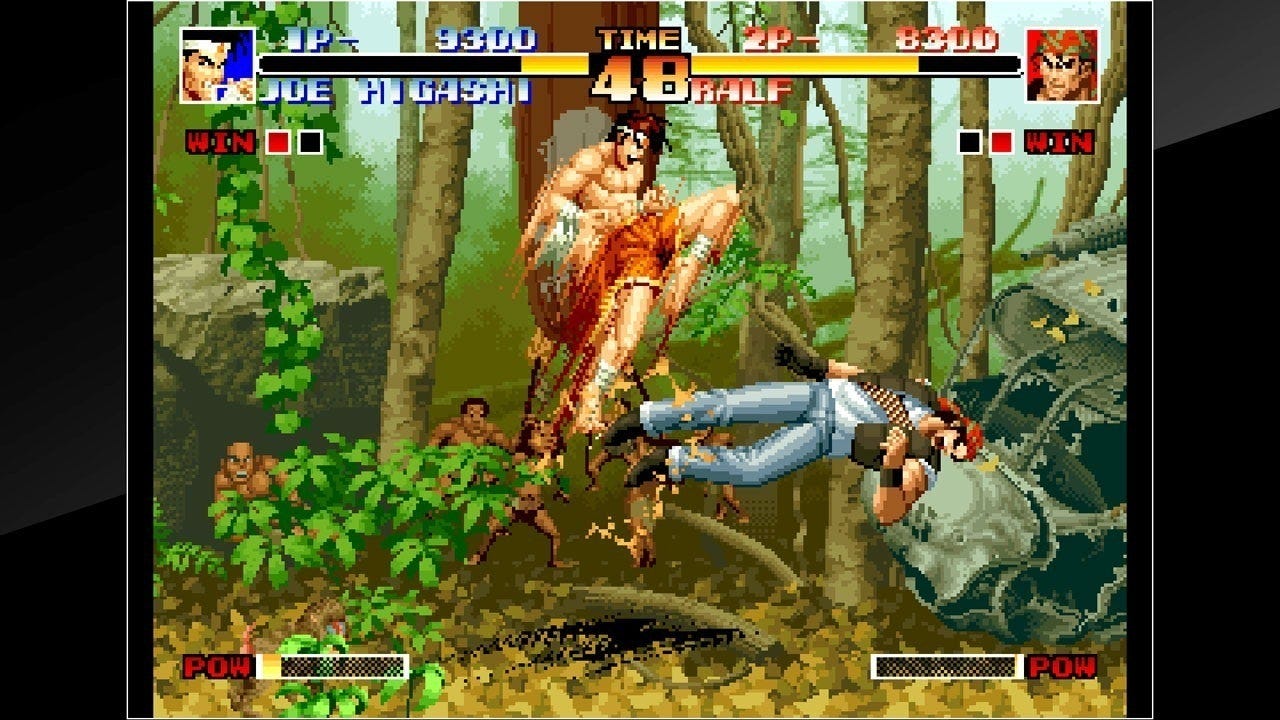
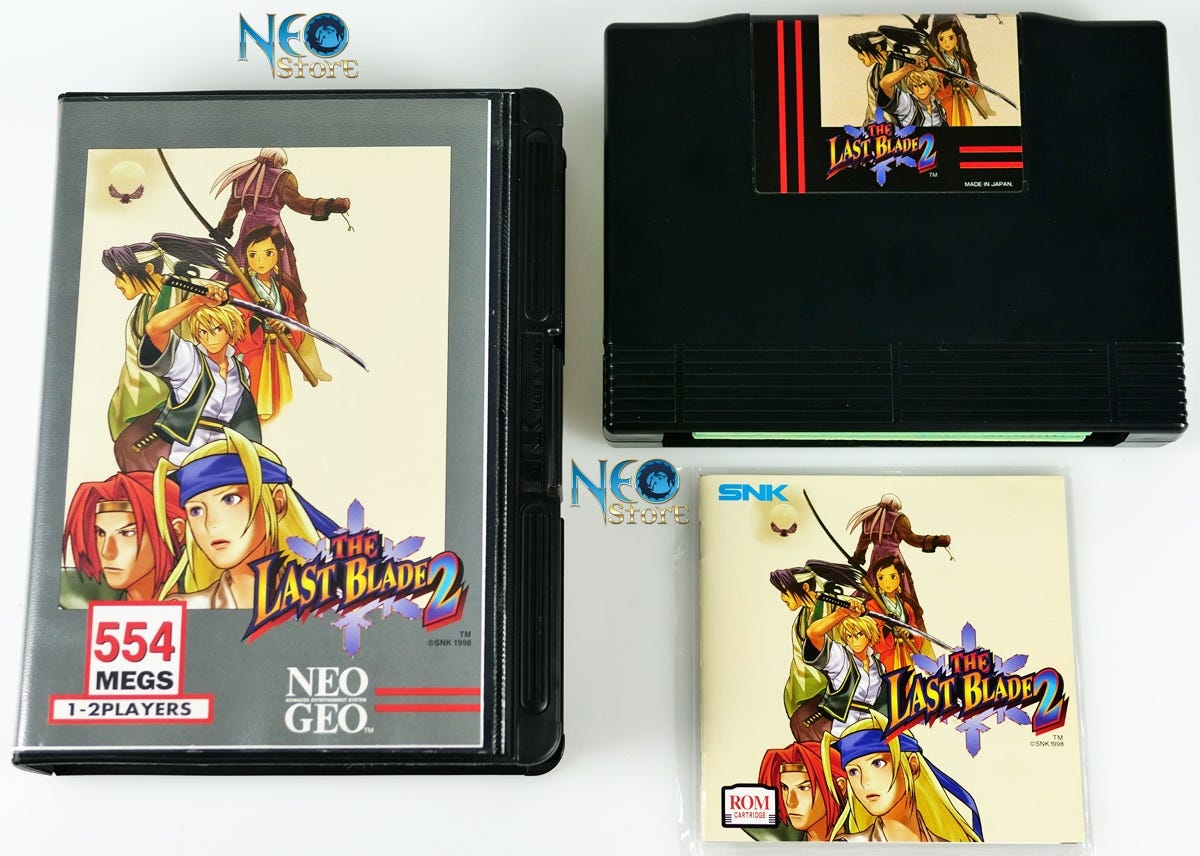
My Neo experience was at that one store in my neighborhood that demoed unusual consoles. This must have been right when the Neo launched, because I don't think I even had my SNES yet.
The game on demo was Sengoku 1, which I only pieced together many years later, after playing the arcade version of Sengoku 3. Sengoku 1 wasn't exactly the best the Neo had to offer in terms of graphics or gameplay, but at that specific moment in time, I was blown away. I suppose I was comparing it to, I don't know, Double Dragon 2 on NES? Luckily a friend was there to play it with me until one of our moms made us relinquish our controllers and leave the store.
Other than that, all I ever got to do was admire this console from afar through EGM.
What's funny is that back then, I understood the Neo as the premium console for rich people. If you're rich, everything is better: your car, your house, your game console.
I think I first heard about the Neo Geo on the show Video Power. On that episode “Johnny Arcade” demoed the feature where you could use a memory card to resume your game session from the arcade at home. He showed off this memory card feature with Ninja Combat. I thought that was a really cool idea.
The AES and MVS use different cartridges, so operators couldn’t just buy the cheaper AES carts and put them in their arcade machines. But it really surprised me just how expensive these Neo Geo home cartridges were!
The Neo Geo AES was definitely on the wishlist of me and my video game playing friends back in the day. I do get to play an AES like once a year and when I do I always imagine how much I would’ve loved having one as a kid.